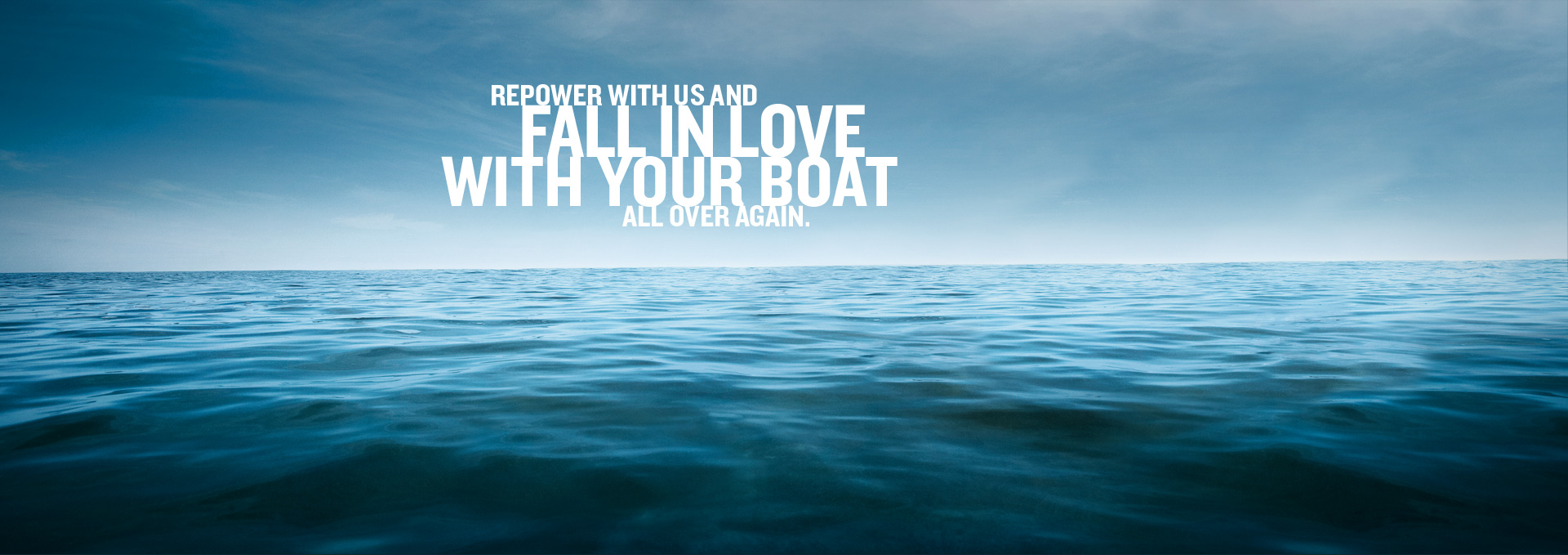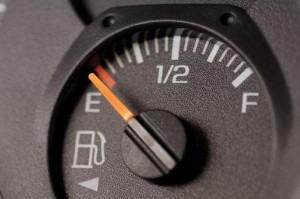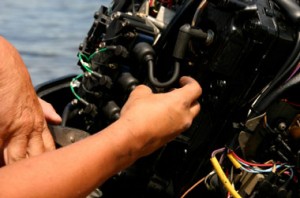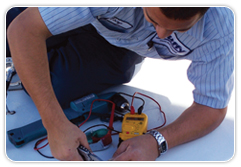Buying a Boat: Part One
 Before you take the plunge and shell out thousands of dollars on a new seafaring vessel, it is important to do your due diligence to determine what type of boat you want, how much you can afford, and if purchasing a boat is really a step you want to take. If you will only be able to use the boat on the occasional weekend during the summer, the money and time needed may not be warranted.
Before you take the plunge and shell out thousands of dollars on a new seafaring vessel, it is important to do your due diligence to determine what type of boat you want, how much you can afford, and if purchasing a boat is really a step you want to take. If you will only be able to use the boat on the occasional weekend during the summer, the money and time needed may not be warranted.
Just like an automobile, the initial investment you put into a boat is just the tip of the iceberg. In addition to your boat payments, you also have to worry about insurance, registration, a trailer, outboard motor oil and a litany of other peripheral expenses. Of course, a boat is an investment, and if you use your boat regularly, these expenditures will indubitably be put to good use. For those who are steadfast in their conviction to purchase a boat, we will be highlighting some of the factors to consider throughout the week.















